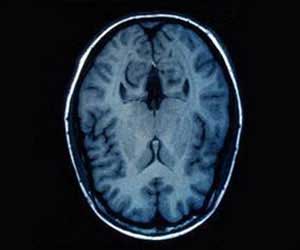Glioblastma multiforme (GBM) is one of the most lethal primary brain tumors, with median survival of the patients, which is only slightly over one year.

In a review paper published in the October issue of Neuro-Oncology, the researchers discuss various targeted therapies against IL13Rα2 and early successes of clinical trials with these therapies in the treatment of GBM. The paper also highlights the need for future trials to improve efficacy and toxicity profiles of targeted therapies in this field.
Targeted therapies, which are drugs that interfere with specific molecules involved in cancer growth, have been successfully used in the treatment of many cancers, including breast and blood cancers. Successful targets for therapies are specific to tumor cells and not found on normal cells. Selectively expressed on GBM and absent on surrounding brain tissue, the interleukin-13 receptor α chain variant 2 (IL13Rα2) was identified as a potential target for therapy for GBM two decades ago. IL13Rα2 also plays an important role in the growth of tumors. In normal physiologic conditions, IL-13 binds to the receptor IL13Rα1 and helps regulate immune responses. In cancer cells, IL-13 binds to the receptor IL13Rα2 and, through a series of steps, prevents cancer cells from undergoing normal cell death. Increased expression of IL13Rα2 promotes the progression of GBM.
Since its discovery, IL13Rα2 has provided a target for therapies in GBM. These therapies have ranged from fusion proteins of IL-13 and bacterial toxins, oncolytic viruses, and immunotherapies. A phase I clinical trial and a phase III clinical trial have been completed for a T-cell based immunotherapy and IL-13 bacterial toxin fusion protein respectively, both with promising outcomes.
"The field of targeted therapies in gliomas holds a lot of promise, and IL13Rα2 is in an optimal position to materialize these promises," explained corresponding author Sadhak Sengupta, PhD, assistant professor of neurosurgery at BUSM and principal investigator of the Brain Tumor Lab at Roger Williams. "While early trials are encouraging, we need further research to achieve better targeting of the receptor and improved safety profiles of the treatments."
Source-Eurekalert









